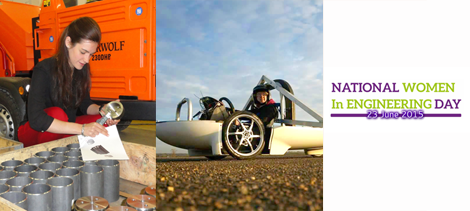
Four women that chose engineering as their careers, but with very different roles
Today is National Women in Engineering Day (NWED), a celebration of all the incredible achievements women have made in the profession, and an encouragement for new blood to enter an exciting career.
With help from NWED supporters and SolidWorks resellers NTCADCAM, we spoke to four current engineers about their roles and what inspired them to take up design and engineering as a career.
From heavy machinery, to electric cars; software to heavy industry – the variety means that these engineers have found amazing jobs from a world of choice.

Siu Leung – senior designer, Plastique
Whether it’s designing packaging for a Halloween treat box or the latest global technology innovation, Siu Leung’s day is never dull. In her role at Plastique, Siu produces plastic and fibre packaging for many well-known brands, such as Cadbury and TomTom.
Could you tell us a little about your work at Plastique?
I’m involved in the whole process from drawing up the initial design concepts right through to sampling and production. We’re often working on 10 to 20 projects, all at different stages of development, so it can get really hectic. However, it’s very enjoyable and never boring.
I learn new things every day. It’s great to see the whole process from start to finish.
What’s your workflow?
Once I receive a customer brief, I start working on the concepts in SolidWorks straight away. It’s important to generate accurate concepts from day one to ensure the design feasibility. I then use the programme to generate detailed visuals for the customer and, once approved, to produce 3D models for production.
Have you worked on any really strange or unusual projects?
One particular project comes to mind. I designed packaging to transport live insects for a postal customer. This had to incorporate air vents to keep the insects alive. That was a strange challenge!
Do you have a favourite project?
I really enjoyed working on a kids’ Halloween sweet tub, which we designed in the shape of a pumpkin. It also featured a truth or dare spinning game on the lid, which was great fun to design.
How did you first get involved in design? Who inspired you?
I was inspired by my sister and my brother-in-law, who both worked as designers. My brother-in-law helped me to arrange a work placement at Wolf Olins, the London-based design agency, which I really loved.
We also had a great design and technology department at school, with a really enthusiastic teacher, so that helped set me on my career path. I studied for design qualifications at school and later university.
Why is there such a lack of female designers and engineers?
There is a shortage. I’m the only female designer at Plastique and this reflects a more general issue in industry.
One of the problems is a lack of high-profile female role models. I can think of lots of male equivalents, such as James Dyson, but few well-known women. If we can encourage more women to join the profession, hopefully this will change in time.
What advice would you give to budding female design engineers?
In design, you do need to push your ideas and never give up. You’ll constantly come up against design challenges and you should never accept it when people say it can’t be done!
What’s great about working as a packaging designer?
Design is a very rewarding career. It’s great to see your own designs in high-street shops. That is very satisfying.
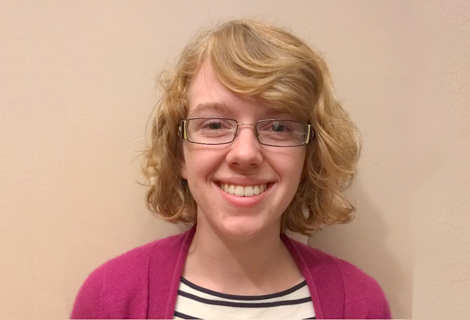
Amy Livingstone, head of electronics for Cambridge University Eco Racing Team (CUER)
Having always had an interest in maths and physics, Amy joined the CUER Team while at Cambridge University.
A 60-strong group of students, the team are designing, building and racing a solar powered car to take part in the World Solar Challenge – a 3,000km drive across the Australian outback, using just three square metres of solar panels.
What first made you interested in engineering?
My earliest memory is of watching those crazy inventors on TV and I guess I liked the idea of being one too. Being able to make stuff, which could improve the world, improve peoples’ lives and help society towards a better future was something that interested me.
I’ve always been quite good at physics and maths, so my natural inclination was towards the sciences – but it wasn’t until I did an A Level in electronics, designing circuits and learning about components that I
found something that really interested me.
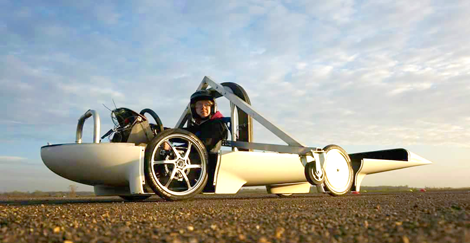
What did you study?
I did five A Levels. Maths, physics, advanced maths, computing and electronics. I then took a year in industry placement with Knorr-Bremse, a leading manufacturer of braking systems for trains, working in their R&D department.
The experience cemented my dream to work in this industry. Now I’m in my second year at Cambridge studying general engineering and I hope to specialise in electrical engineering and information sciences.
Was there anyone who inspired you to become an engineer?
My mum inspired me to do physics. Once my brother and I were old enough, she went back to university herself to do a physics degree and I remember how interesting she made it all sound. She went on to work as a publishing editor for the Institute of Physics.
The other mentor was my supervisor Paul Hoy at Knorr-Bremse. He was so enthusiastic about engineering and everything you can do with it, that it was infectious. For 13 months I got to do practical, hands-on electronics, which was invaluable before going into a more theoretical course at Cambridge.
What things have you made or would you like to make?
Right now I am involved in the CUER Team. As head of the electrical team, we are building the car’s circuitry so that it will be as efficient as possible without giving off too much heat, and sustain the solar power to last the course.
In the future I like the idea of developing driverless cars, and of course robots. Everyone loves robots!
How did you get involved in CUER?
My course at Cambridge is very theoretical, so there are lots of practical projects you can get involved in: There’s the Cambridge Autonomous Underwater Vehicle (CAUV) group who’s long term goal is to design and build a submarine that could inspect the underside of pancake ice flows in the artic; Cambridge University Spaceflight (CUSF) society who aim to launch a rocket into space for under £1,000 and our Formula 1 Student team, Full Blue Racing.
I liked the idea of CUER because it’s a big team effort and it was the only society going out to Australia!
Do you use CAD in your electrical designs for the car?
Up until now we had been using pieces of paper and pen (and string in fact) for the cable layouts and placement in the car.
We have access to Altium for individual circuit layouts, but we’ve just got SolidWorks Electrical to do the cable layouts for the car. We’ve had an on-site demonstration from NT CADCAM and I‘m really looking forward to using it over the summer holidays.
How did you get chosen to be a CUER test driver?
The car was designed to be as aerodynamic as possible which meant the cockpit could only accommodate someone 5’6″ tall. So for once being a woman helped here!
So far we have two test drivers, me and another male student. We are currently looking for a driver for the race in October. Unfortunately I can’t do it because it is in term time. At the moment I haven’t driven it above 55km/h. Although it’s designed to go between 100 and 110 km/h, going at 55 feels really fast because you are quite close to the road and it is very noisy; dampening the sound isn’t a priority.
How many women are in the CUER team?
In the Electrical side of things, we have three girls out of roughly 7 or 8. While out of the five leadership roles, two out of the five are women. I’ve never felt that I am in the minority: Here we aren’t judged for being women, it’s more like ‘it’s great you are in engineering’.
It is a very accepting environment, I like the people involved and everyone is passionate about what they do.
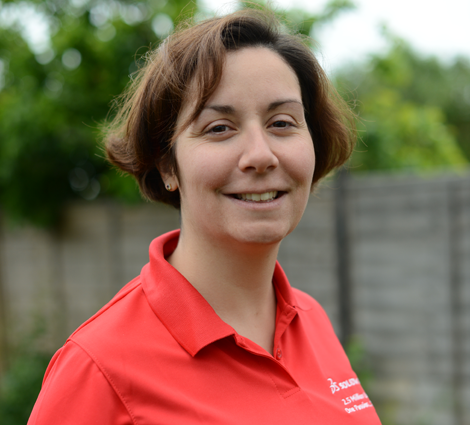
Élise Béraud, quality assurance engineer, SolidWorks
Following her childhood passion for engineering, Élise Béraud has forged a successful career in software engineering.
What do you enjoy most about your job?
I’m fortunate to work in a really proactive, friendly working environment at SolidWorks – In my current role, I’m responsible for testing new software innovations and I really enjoy the problem solving.
I get to work with software developers across the world, in places like India, and we’re really encouraged to push our ideas and think creatively. Every day, there is something new to learn.
Who inspired you to pursue your career?
As a child, I enjoyed playing with Scalextric and trains and fixing things. My parents encouraged me and my two sisters to pursue our interests in engineering and not to be constrained by gender stereotypes.
All three of us are now engineers!
How did you first get involved in engineering?
After studying science subjects at school, I took a master’s degree at the French Institute for Advanced Mechanics, which included an internship with Airbus on the A380 in Toulouse.
It was really interesting to see how different European countries contributed to the aircraft’s development.
I later moved to the UK for family reasons to embark on my career. My first role was at Thorlabs, where I worked as a mechanical engineer and designed optronics components, which provided an excellent grounding for my current job since I was using SolidWorks all the time. This means that I can now look at new software from the user perspective.
What’s it like working in a predominantly male-dominated field?
I’ve always worked in a male-dominated environment so it’s never been a big deal. There were only 8 female engineers out of a class of 160 in my graduating year! There is a really good camaraderie where I work now, and the men are often quite direct and to the point – I like this style of working.
What would be your dream role?
Working in the technical field has presented so many opportunities, which has been great. Looking ahead, I would like to evolve into a leadership role.
I enjoy using my negotiation skills and working with people and I am keen to develop this further.
What advice would you give to budding female engineers?
If you have the talent and enthusiasm, then go for it. We definitely need more women in engineering.
You develop so many skills in this type of career – from problem solving through to creative thinking – the possibilities are endless!
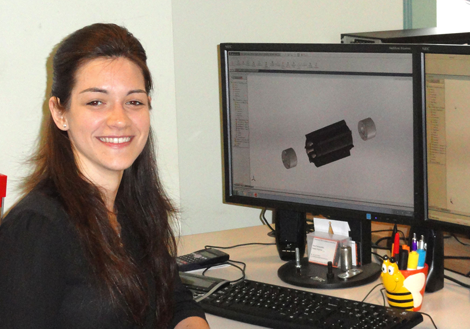
Ana Fernandez, design engineer, Timberwolf
Now fully qualified with three degrees behind her, at 26 Ana is enjoying her first foray in the industry designing supersize machines from scratch for one of Europe’s biggest wood chipping and shredding companies, Timberwolf.
Currently designing and building a new machine for 2016, Ana explains that her passion for good design overrode any worries about being the only girl in the room.
How did you first become interested in engineering?
I don’t have any engineers in my family. It was just me and I was curious to find out how things work. I was always building things, taking them apart and putting different parts together.
One day my mum found me in the kitchen experimenting with all these different bowls and glasses. I wanted to see what would happen if I threw them from a height. She told me I was going to break everything and I told her I was testing gravity. So she let me get on with it.
I broke everything but afterwards she told me that I had to do something about my innovation, so at 17 I went to my local university for an open day about engineering and design.
What did you study?
I studied Industrial Design and Product Development at the Universidad de Extremadura, near my hometown in Spain, then I got an Erasmus grant to study Mechanical Engineering at the Dundalk Institute of Technology in Ireland.
After my grades in Mechanical Engineering, Dundalk offered me to stay on for an Engineering Entrepreneur course Bsc (hons), which was all about furthering your ideas.
I knew how to design using engineering forces and masses, but often engineers do not know how to sell our ideas. So this course helped me develop an idea from scratch.
What have you made?
After my Engineering Entrepreneur course I attended a business development programme with the Regional Development Centre where I had to develop an initial idea into a working prototype. My idea was to design an on-the-go ergonomic support for a laptop or tablet.
I was always travelling to another country (mostly between Spain and Ireland), or studying on my bed (but using a pillow), so the idea was borne out of my needs to fit all these situations.
I got in touch with suppliers and applied for funding through the Bright Ideas programme and received €800 to build a prototype. I stayed in Ireland for a month with all these amazing mentors and learnt how to defend my idea, based on business cases, marketing analysis and market research.
As an engineer you may have a great idea, but it is nothing if you don’t know how to sell it. In the end I had 30 seconds to pitch my idea in a Dragons Den style and got some incredible feedback.
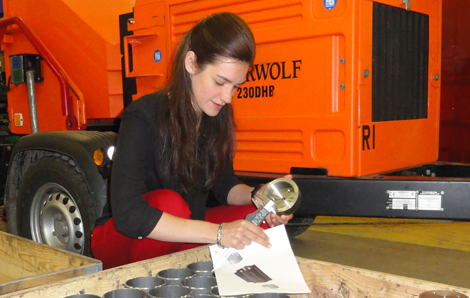
What does your role entail at Timberwolf?
I am designing and building a new ‘supersize’ machine that we will launch next year.
We are a relatively small company, which means I get to do everything, designing, testing, analysis and FEA simulation. We are now testing as many parts as we need with FEA to make sure everything is designed properly and won’t fail before we build the prototype. We are very close to the date when we will start ordering the parts.
What’s your typical workflow?
I am doing everything on SolidWorks from designing new funnels, roller boxes, rotor housings, chassis, everything up to the bonnet. I am absolutely passionate about simulation – if you have something you need to test with SolidWorks I can check all the tolerances on screen, rather than wait until I have ordered parts.
I can redesign the weak parts and test again at each design change. It speeds up our time-to-market and means we are more likely to get it right first time.
What is your advice for women and girls thinking about engineering as a career?
When I was starting out, whenever I said ‘I want to be an engineer’ I was always quizzed, ‘Are you sure?’.
Sometimes it has been a challenge being the only woman in the room, but I like this sector. There are now two female engineers in the company which is really good and I have a lot of male friends!
At some point you have to decide to go for it. It doesn’t matter whether you are male or female. If it is something you enjoy, you have to take the challenge, follow your heart and start the battle!
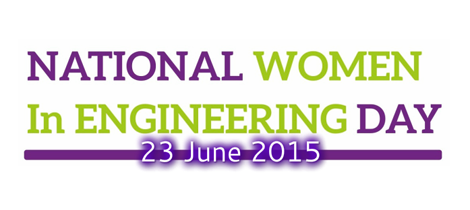
For more on NWED, check out our blog here.






